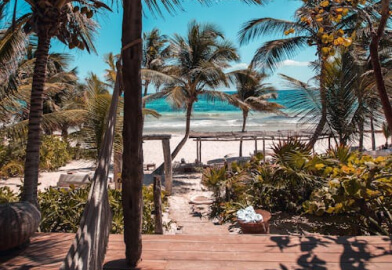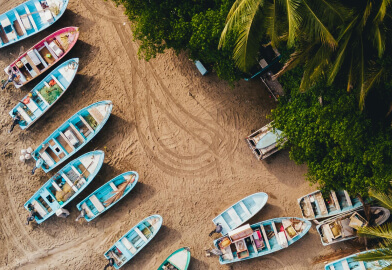 35k People booked
35k People booked 




Dorem ipsum dolor sit amet consectetur adipiscing elit. Mauris nullam the Lorem
ipsum dolor sit amet consectetur adipiscing elit. consectetur adipiscing elit.
Mauris nullam the Lorem ipsum dolor




Are you tired of the typical tourist destinations and areabetter looking
to step out of your comfort zonetravel





Are you tired of the typical tourist destinations and looking
to step out of your comfort zonetravel